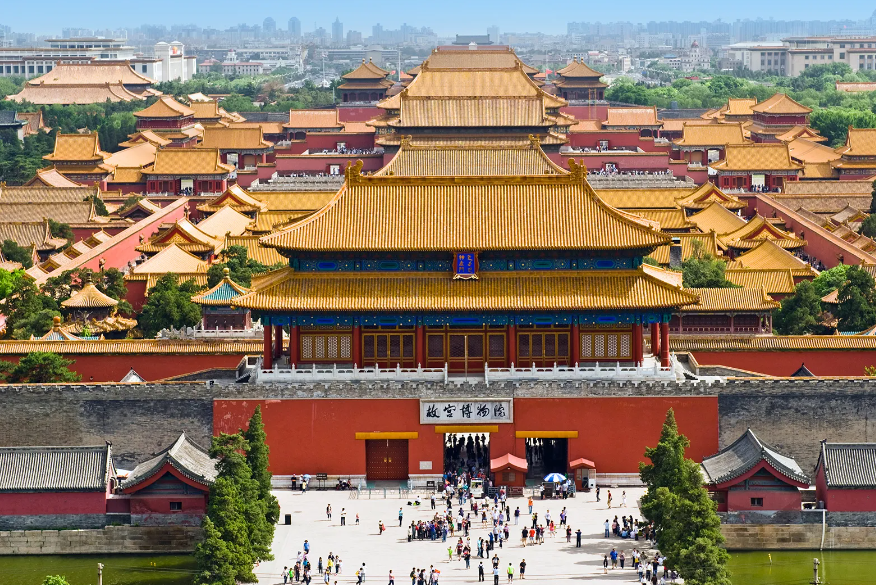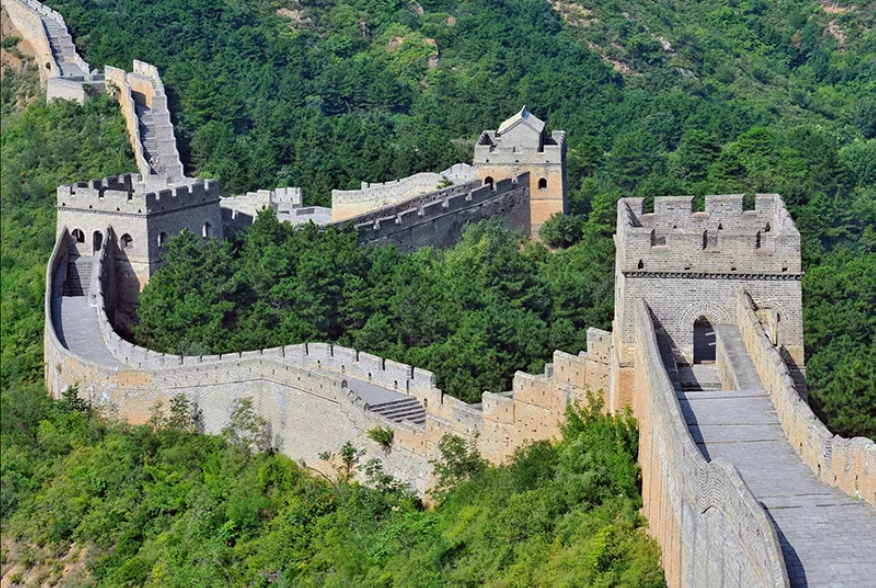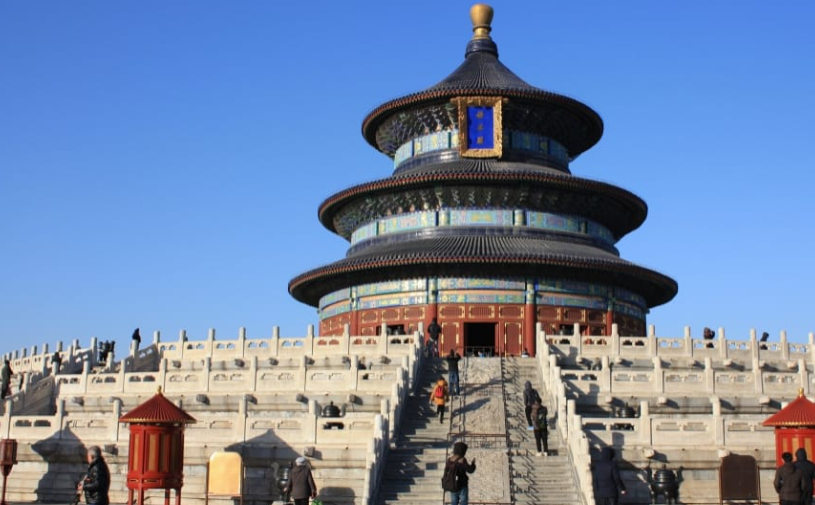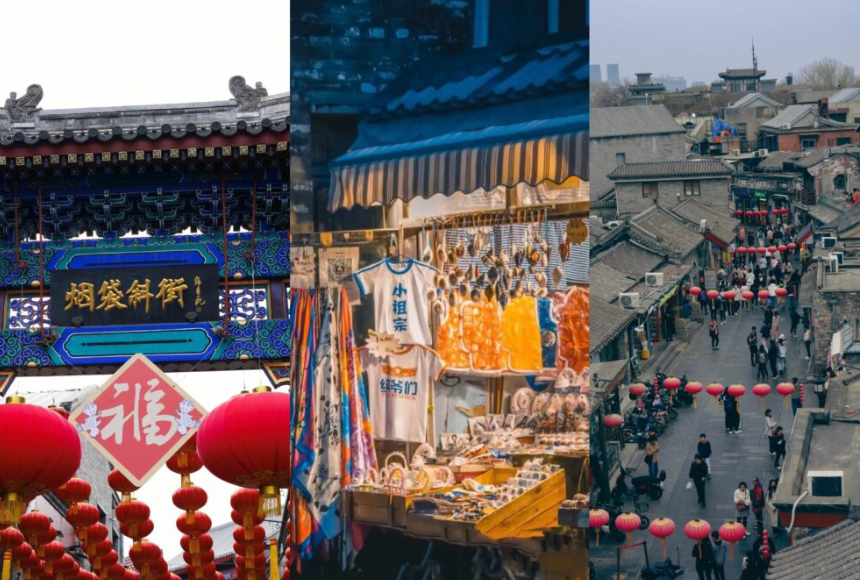Top Places to See in Beijing: A Travel Guide for First-Time Visitors
Table of Contents
-
The Forbidden City: Imperial Grandeur in the Heart of Beijing
-
The Great Wall: A Legendary Hike Through Chinese History
-
Temple of Heaven and Summer Palace: Harmony and Leisure in Ancient China
-
Modern Beijing: Hidden Hutongs, Street Food, and Urban Skylines
1. The Forbidden City: Imperial Grandeur in the Heart of Beijing

If there's one place that defines Beijing's historical essence, it’s the Forbidden City. Officially known as the Palace Museum, this vast imperial complex served as the home of emperors for nearly 500 years. Walking through its red walls and golden roofs feels like stepping into another era.
Located in the city center, just north of Tiananmen Square, the Forbidden City spans over 180 acres with more than 900 buildings. Visitors can explore the grand halls where emperors held court, serene inner courtyards, and exhibitions featuring jade, porcelain, and royal artifacts.
Travel tip: Arrive early to avoid crowds and rent an audio guide or hire an English-speaking guide for better context. Nearby, you can also visit Jingshan Park for a panoramic view of the whole complex.
2. The Great Wall: A Legendary Hike Through Chinese History

No visit to Beijing is complete without experiencing the Great Wall of China. While the entire Wall stretches across several provinces, the most accessible sections from Beijing include Mutianyu, Badaling, and Jinshanling.
-
Mutianyu is a favorite among international travelers for its balance between restored paths and fewer crowds.
-
Badaling is the most tourist-friendly but often overcrowded.
-
Jinshanling is perfect for hikers seeking dramatic views and a less commercialized experience.
Built over centuries to protect against northern invasions, the Great Wall is both a military marvel and a symbol of perseverance. The steep steps and towers offer more than just exercise — they offer perspective.
Travel tip: Avoid weekend crowds. Wear good walking shoes and pack water. Many sections are rugged and sun-exposed.
3. Temple of Heaven and Summer Palace: Harmony and Leisure in Ancient China

While Beijing is famous for its imperial palaces and defensive walls, it’s also home to places that reflect the ancient philosophy of harmony with nature.
The Temple of Heaven, located in southern Beijing, was where emperors once prayed for good harvests. Today, the temple complex is a blend of architectural precision and cultural significance. Early mornings are especially lively, with locals practicing tai chi, dancing, and playing music in the surrounding park.
On the other hand, the Summer Palace in the northwest offers a peaceful escape from the city’s bustle. Built around Kunming Lake, this UNESCO World Heritage site features long covered corridors, marble boats, and the famous Longevity Hill. Originally a royal retreat, it’s ideal for slow walks, boat rides, and quiet reflection.
Travel tip: Allocate at least half a day for the Summer Palace. Bring snacks and enjoy a lakeside picnic if the weather is nice.
4. Modern Beijing: Hidden Hutongs, Street Food, and Urban Skylines

Beijing isn't just about the past — the city’s modern life is just as rich and exciting. A walk through the Hutongs (narrow alleyways) gives you a glimpse into traditional life that's rapidly disappearing. Areas like Nanluoguxiang or Wudaoying Hutong offer a charming mix of old courtyard homes, boutique shops, cafes, and local food stalls.
For a taste of modern Beijing, explore areas like Sanlitun and CBD (Central Business District). Sanlitun is famous for its nightlife, international cuisine, and high-end malls, while the CBD offers a contrast of steel-and-glass skyscrapers and the famed CCTV Tower’s bold architecture.
And don't miss Wangfujing Snack Street — a bustling night market where you can try everything from fried scorpions to sugar-coated hawthorn sticks.
Travel tip: Explore hutongs by bike or join a guided walking tour to understand their cultural background. Avoid peak hours if you plan to take the subway to modern commercial areas.
Final Thoughts

Beijing offers a rare combination of imperial history, cultural depth, and modern energy. Whether you’re climbing ancient stones on the Great Wall or sipping coffee in a centuries-old hutong, the city invites you to experience both the grandeur of the past and the vibrance of the present.
If you're planning your first visit, these places are a great start — but leave some room for surprises. In Beijing, even a quiet park or a local teahouse might turn into a memorable travel moment.

